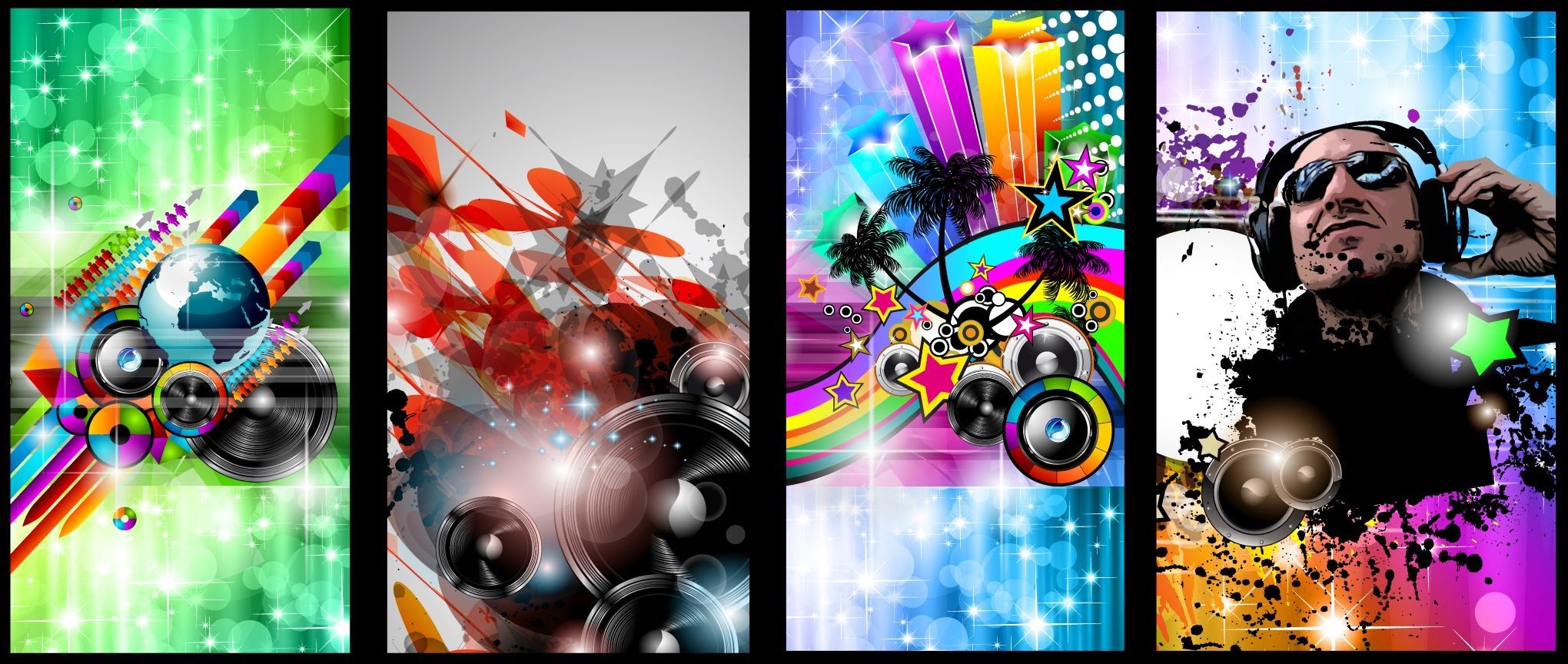
USING IMAGES FOR WEB PROJECTS

No matter if you have a regular website, a small e-commerce store or a hugely successful blog, it is important to use images, because they can draw the visitors' attention, improving their web browsing experience.
Of course, you can't just throw an ugly picture on each website page and expect it to work wonders; each image should have a clear purpose. I know that some people use whatever images they've got at their disposal because they want to fill some white space, but lots of studies have demonstrated that website visitors simply ignore them.
So, before choosing an image for your new blog post, ask yourself a few questions. Is there any benefit (for myself and the visitor) that arises from using this particular image? Does it resonate with my target audience? Does it make people interested in learning more about me/my products?
They say that a picture is worth a thousand words, and I totally agree with that. Especially when you use an image to illustrate a hard to understand concept. So, use photos that can help website visitors figure out how to use a complex product or service. People will always prefer images over large blocks of boring text. Not only that, but unlike text, images can trigger powerful emotions and build trust.
Once that you've chosen a good image, give it a descriptive name; then, set its "alt" tag properly. The alt tag is an image description that will be displayed in case that the actual photo doesn't load, and can be read by text to speech applications, helping anyone find out what your site is about. And have I mentioned that search engines love sites which set the alt tags for all the images, because this makes their job easier?
Resist the temptation to use too many images above the fold. The section of your site that is loaded and becomes visible without having to scroll down the page is the most precious shelf space you've got. It is wise to use text-based information in that area, especially if this is the first section that becomes visible after the user arrives on your site. You want to keep your best info close to the top, rather than forcing the visitors to scroll down to it; some of those people will be to lazy and/or bored to do that.
Use high-quality images. I know that there are several great sites such as https://pixabay.com, https://unsplash.com, and so on, but trust me – everyone and their grandmother are downloading and using pictures from those sites! Therefore, you should invest some money into paid stock photos, which can't be found on thousands of other sites on the web. No matter which route you go, ensure that you aren't infringing any copyright laws; if the authors of those images require credit, be sure to mention their names and/or link back to their sites.
Don't forget to optimize the sizes and resolutions of your images; don't let them slow down the site! Search engines prefer lightweight websites, because their users don't want to wait for more than 2-3 seconds until the site is fully loaded. So, utilize an image optimization service or tool, and try to use images that continue to look great, but have a smaller file size.
I optimize all the images that are used for all the sites that I'm building; you can download any image on this site and check out its file size. As a general rule, images that include large areas which have the same color should be saved as .png files; otherwise, you should go for good quality .jpg files.
Who said that finding, and then using images for the web is easy? The good news is that people who choose my web design services will also get access to my royalty-free library of high-quality stock photos.